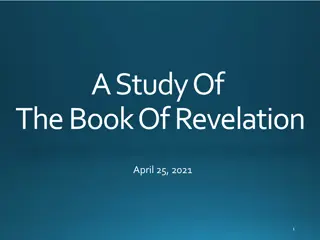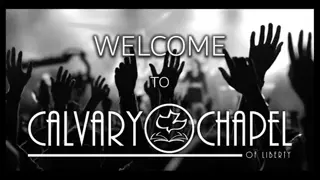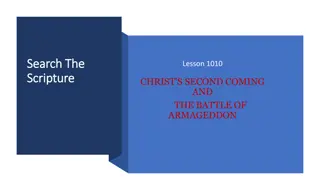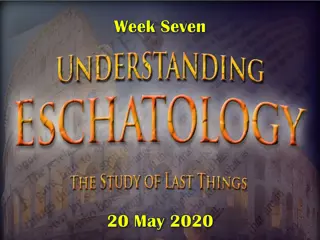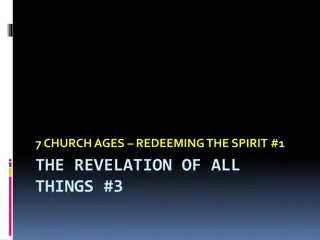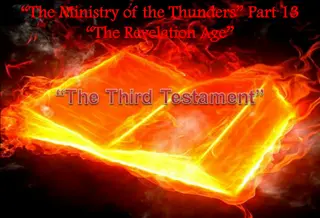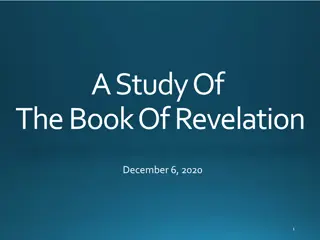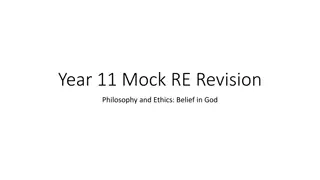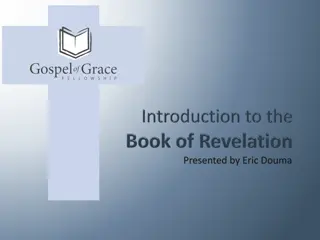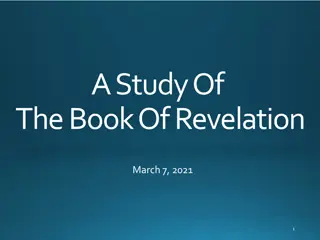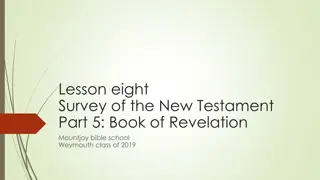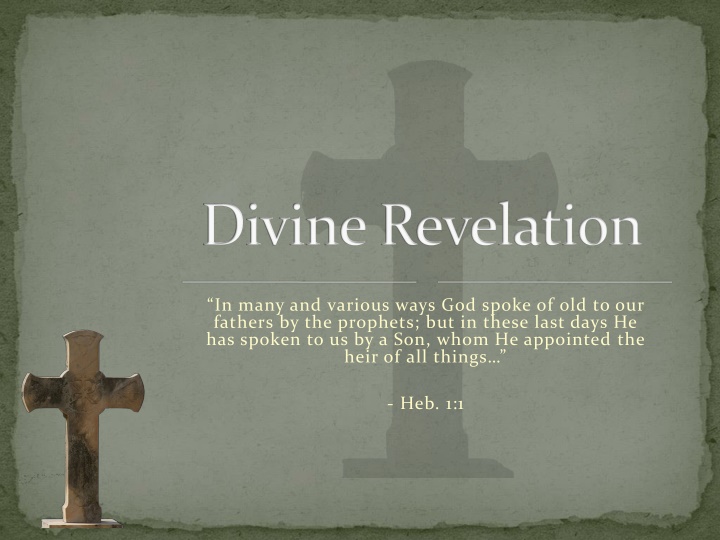
Divine Revelation and God's Communication with Humanity
Explore the concept of Divine Revelation as a means through which God communicates with humanity, revealing truths that transcend human reason. Delve into how God's revelation, through various ways in the past and ultimately through His Son, plays a crucial role in shaping faith and understanding of the divine plan.
Download Presentation

Please find below an Image/Link to download the presentation.
The content on the website is provided AS IS for your information and personal use only. It may not be sold, licensed, or shared on other websites without obtaining consent from the author. If you encounter any issues during the download, it is possible that the publisher has removed the file from their server.
You are allowed to download the files provided on this website for personal or commercial use, subject to the condition that they are used lawfully. All files are the property of their respective owners.
The content on the website is provided AS IS for your information and personal use only. It may not be sold, licensed, or shared on other websites without obtaining consent from the author.
E N D






